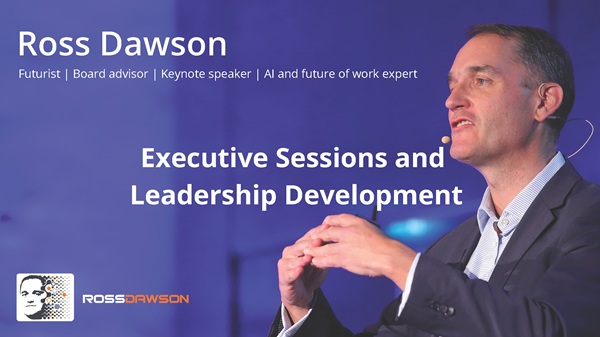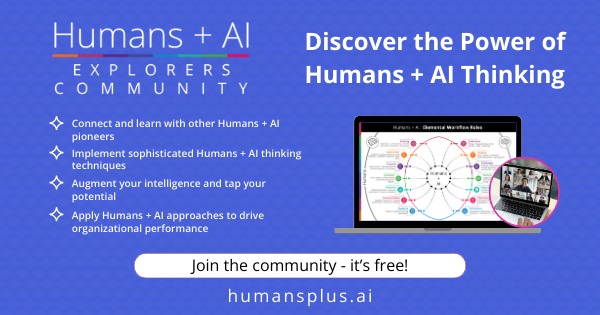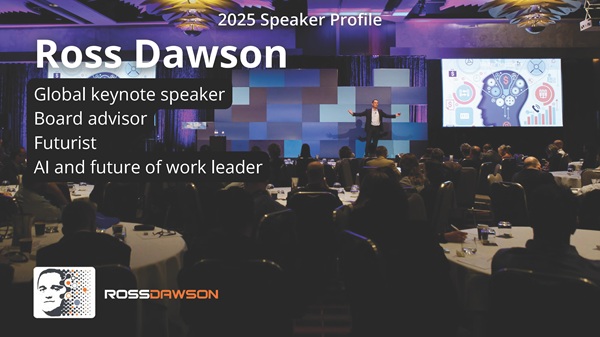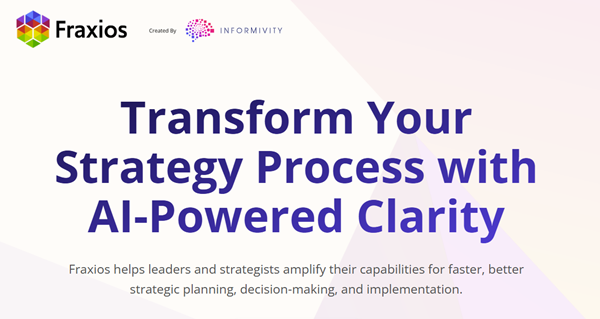Our compact report on Agent Experience (AX):









Principles for the Agent Economy
The rise of the agent economy means agents will soon be a leading interface to customers’ interaction with companies.
Companies now need to focus not just on Customer Experience (CX) but also Agent Experience (AX).
Follow these 7 principles to succeed in a world where machines increasingly evaluate, select, and integrate with services on behalf of human customers.
1. Agent-Centric Value
DESIGN your offerings explicitly for AI agent consumption with clear articulation of capabilities, limitations, and benefits in formats agents can efficiently evaluate.
POSITION your services to address the unique decision criteria of agents, which prioritize measurable performance, reliability, and compatibility over traditional human-focused marketing appeals.
2. Seamless Integration and Access
CREATE standardized authentication flows and API connections that enable agents to quickly integrate with your services while maintaining appropriate security controls.
ELIMINATE unnecessary friction points in discovery, evaluation, and onboarding processes to ensure agents can efficiently incorporate your capabilities into their workflows.
3. Standards and Interoperability
ADOPT and contribute to emerging standards for agent communication that enable cross-platform interoperability and ecosystem participation.
INVEST in compatibility with major agent frameworks and marketplaces to ensure your services remain accessible regardless of which agent ecosystems become dominant.
4. Machine-Optimized Architecture
STRUCTURE all information and interactions for computational efficiency, using standardized data formats, clear schema definitions, and optimized response times.
ARCHITECT your systems to handle the distinct traffic patterns of agent queries, which may involve higher volumes, different peak times, and more systematic exploration than human interactions.
5. Human-Agent Collaborative Workflows
DESIGN experiences that facilitate seamless transitions between agent and human activities, creating clear handoff points that play to each participant’s strengths.
BUILD intuitive approval workflows where human oversight remains necessary while eliminating unnecessary interruptions, maximizing the value of human judgment while enabling agent autonomy.
6. Transparency and Trust
COMMUNICATE all product capabilities, limitations, and requirements clearly in formats that agents can efficiently process and evaluate.
ESTABLISH trust through consistent performance, reliable data accuracy, and transparent handling of errors or edge cases, allowing agents to make informed decisions about when and how to utilize your services.
7. Iterative Improvement
IMPLEMENT focused monitoring systems that capture how agents interact with your services, identifying both friction points and successful patterns.
REFINE continuously your agent experience through regular updates based on concrete usage data, emerging agent capabilities, and evolving ecosystem standards.




